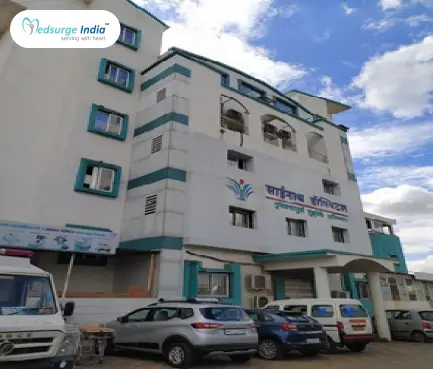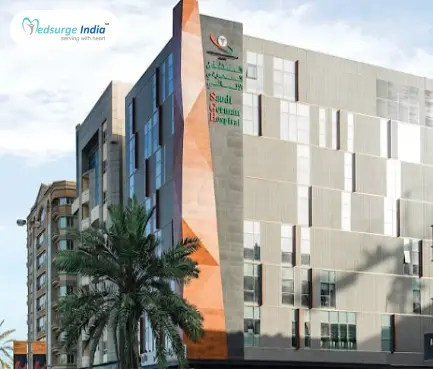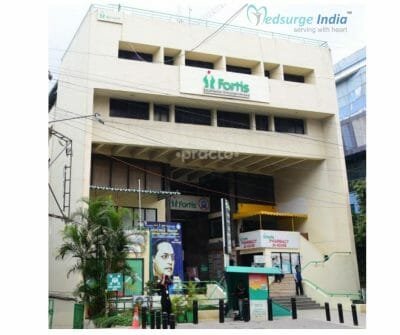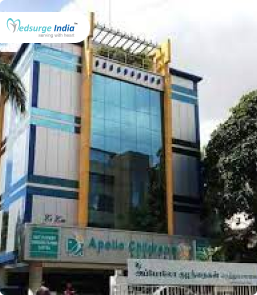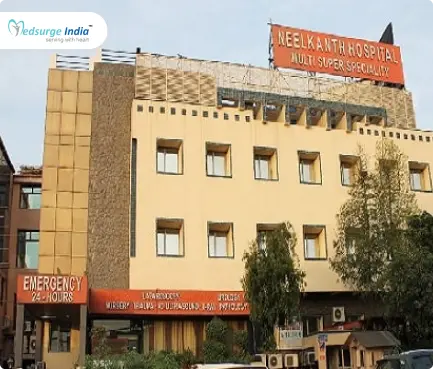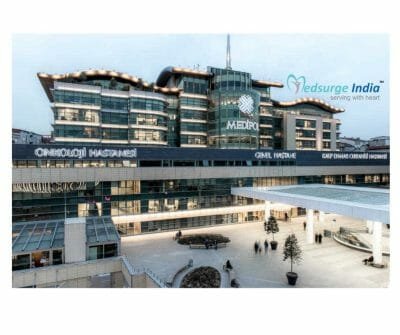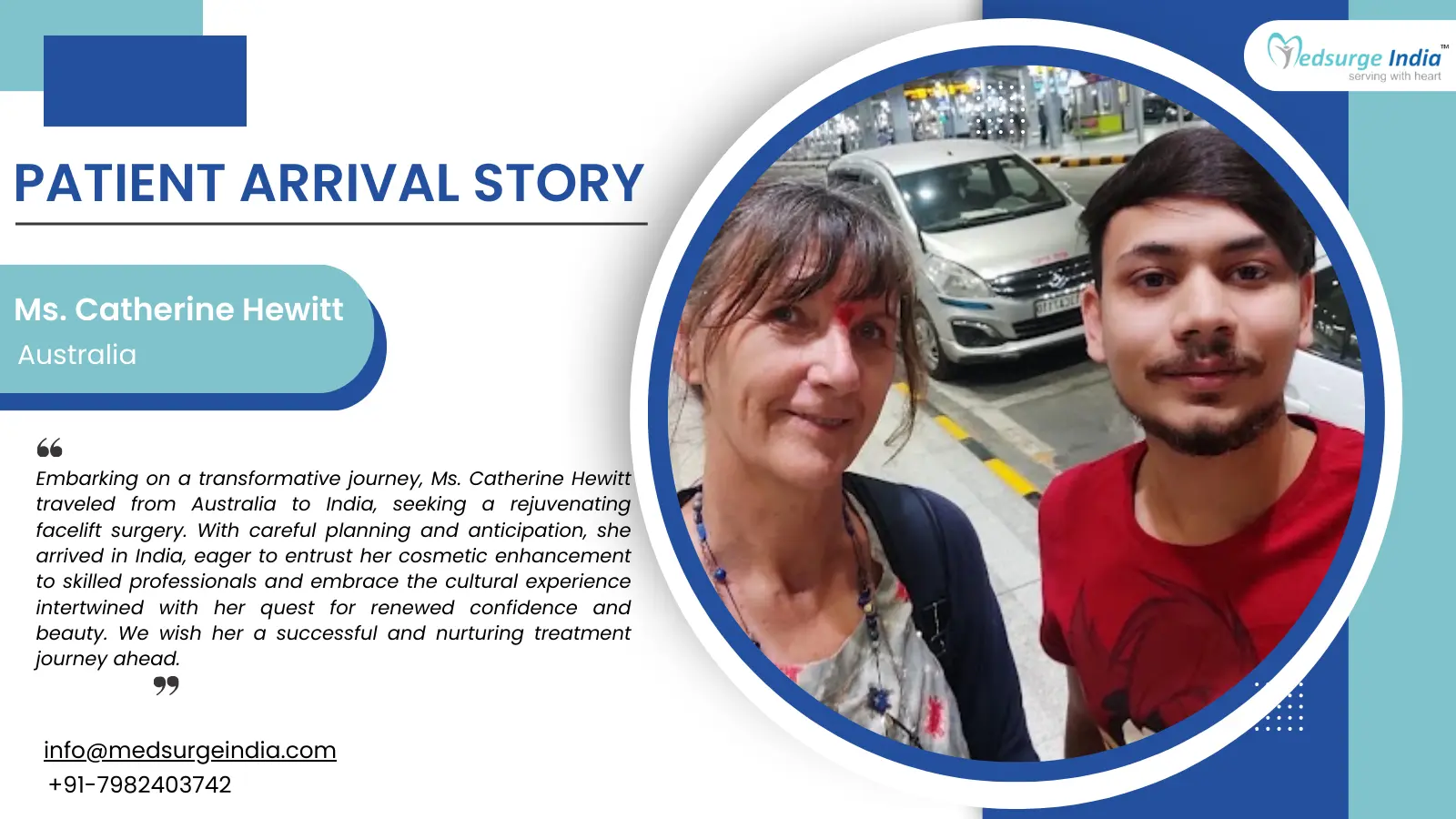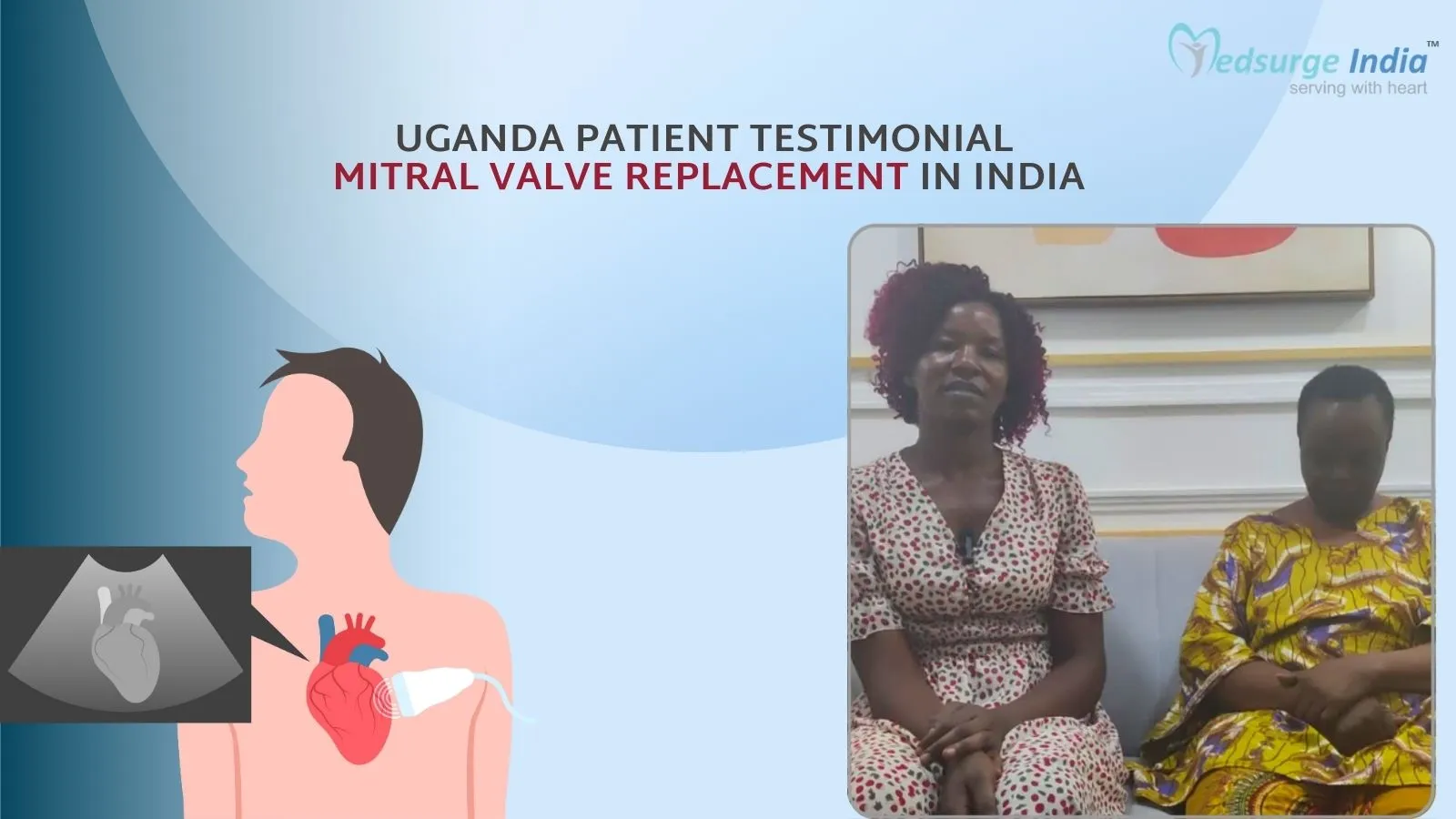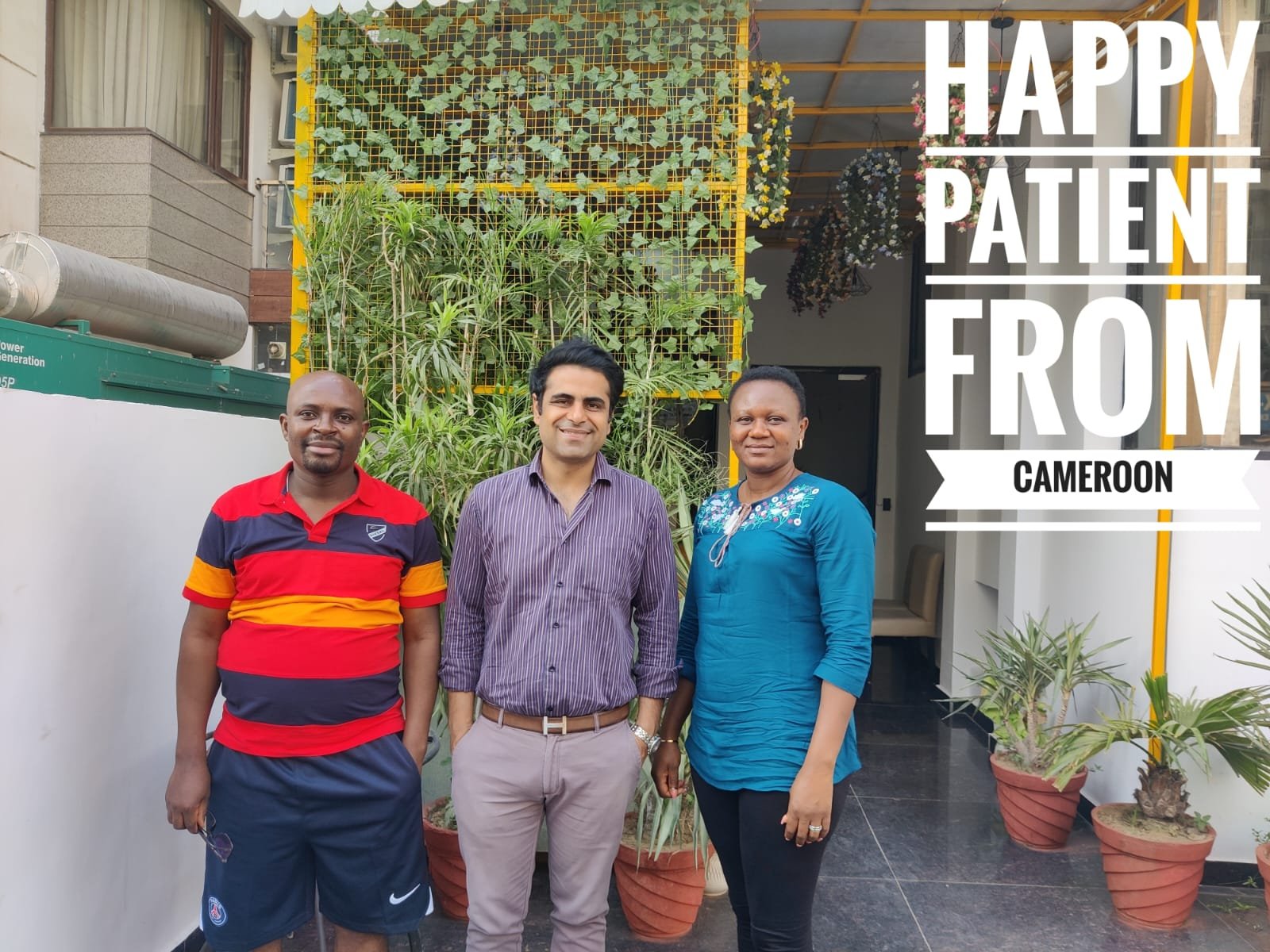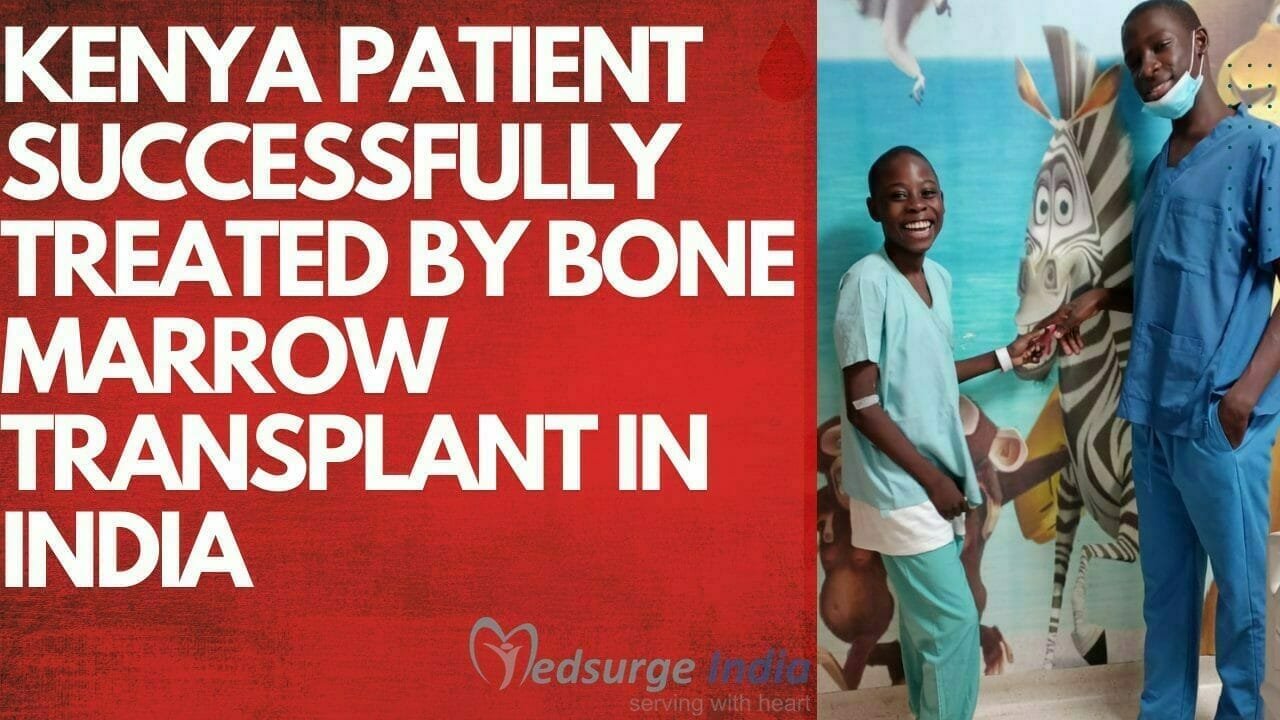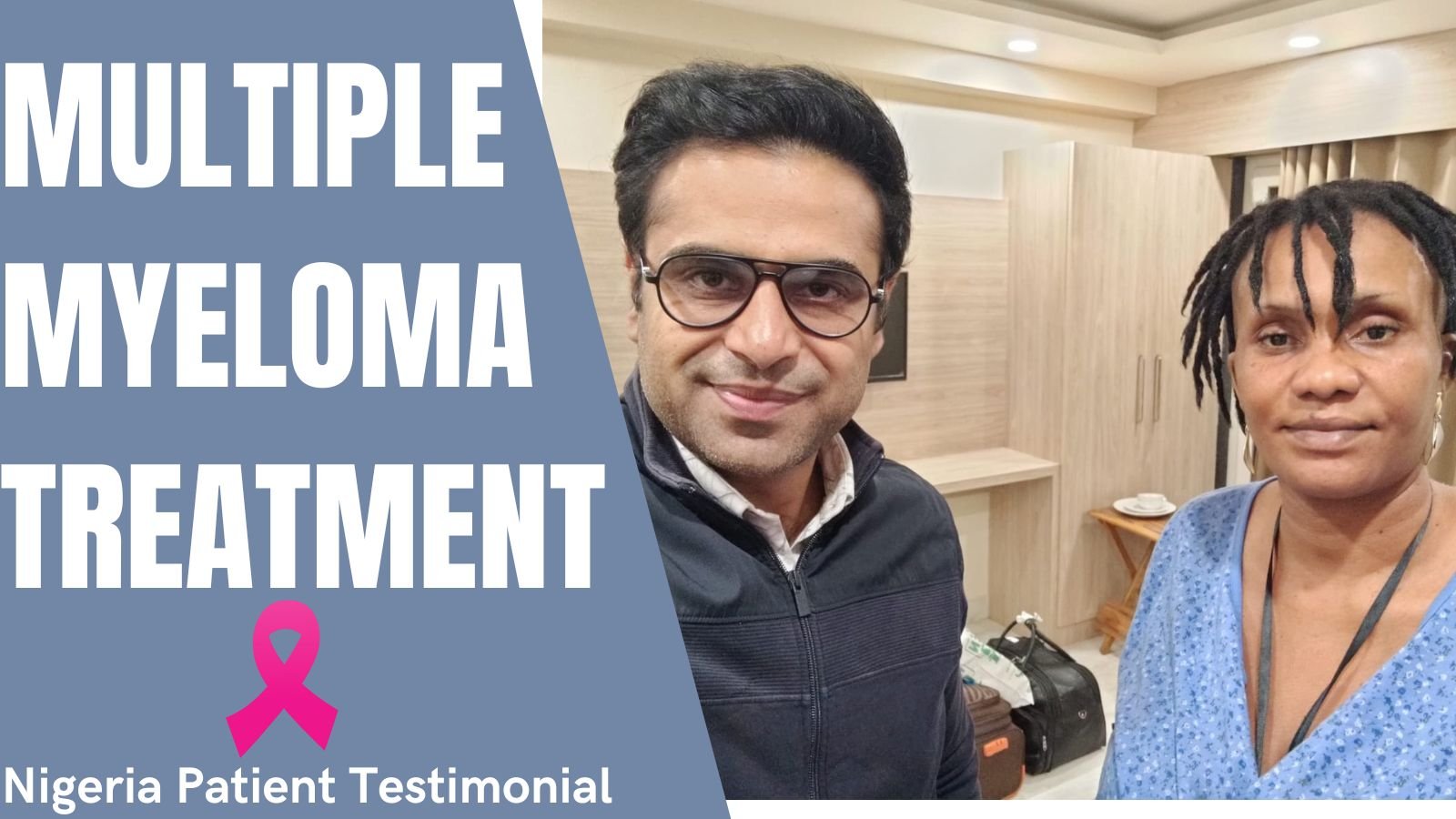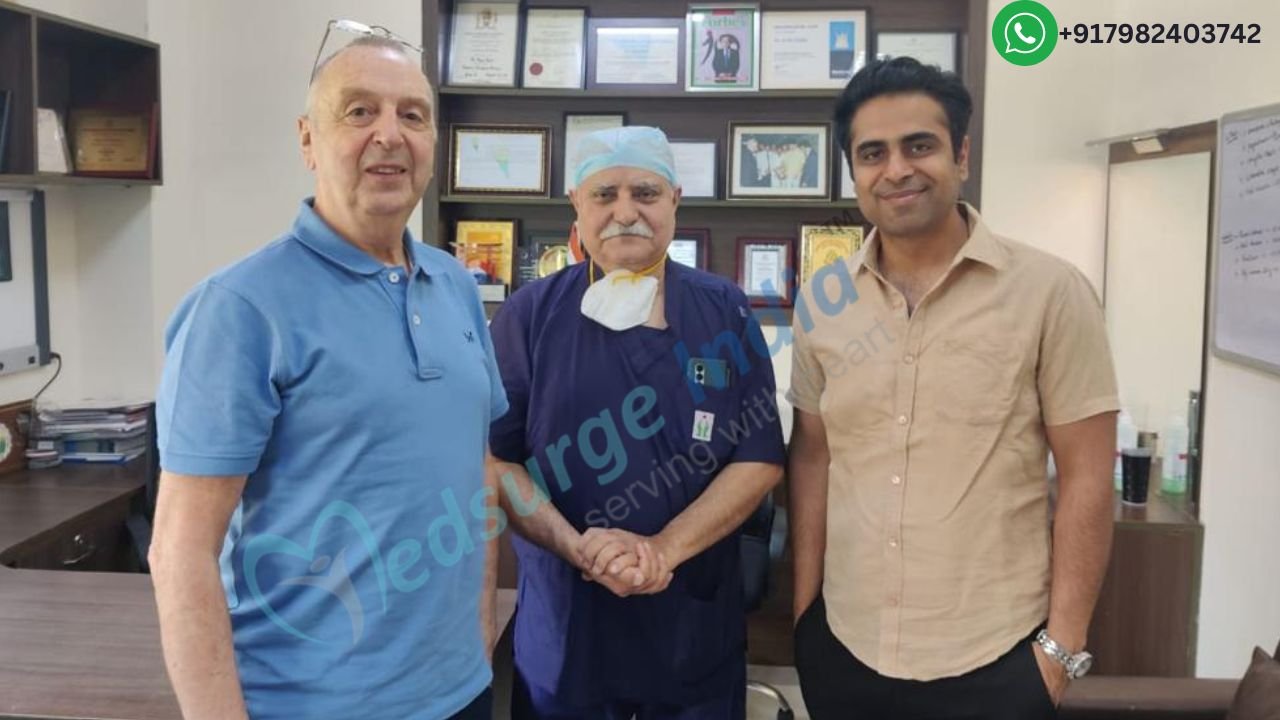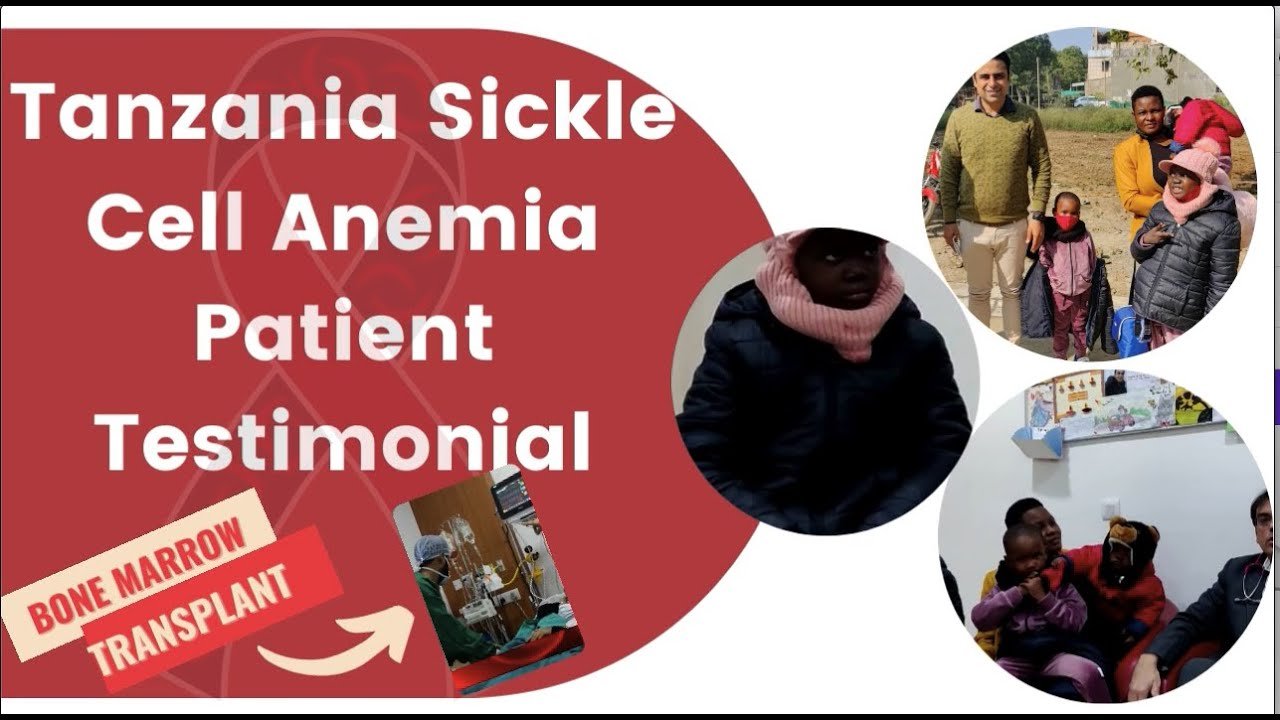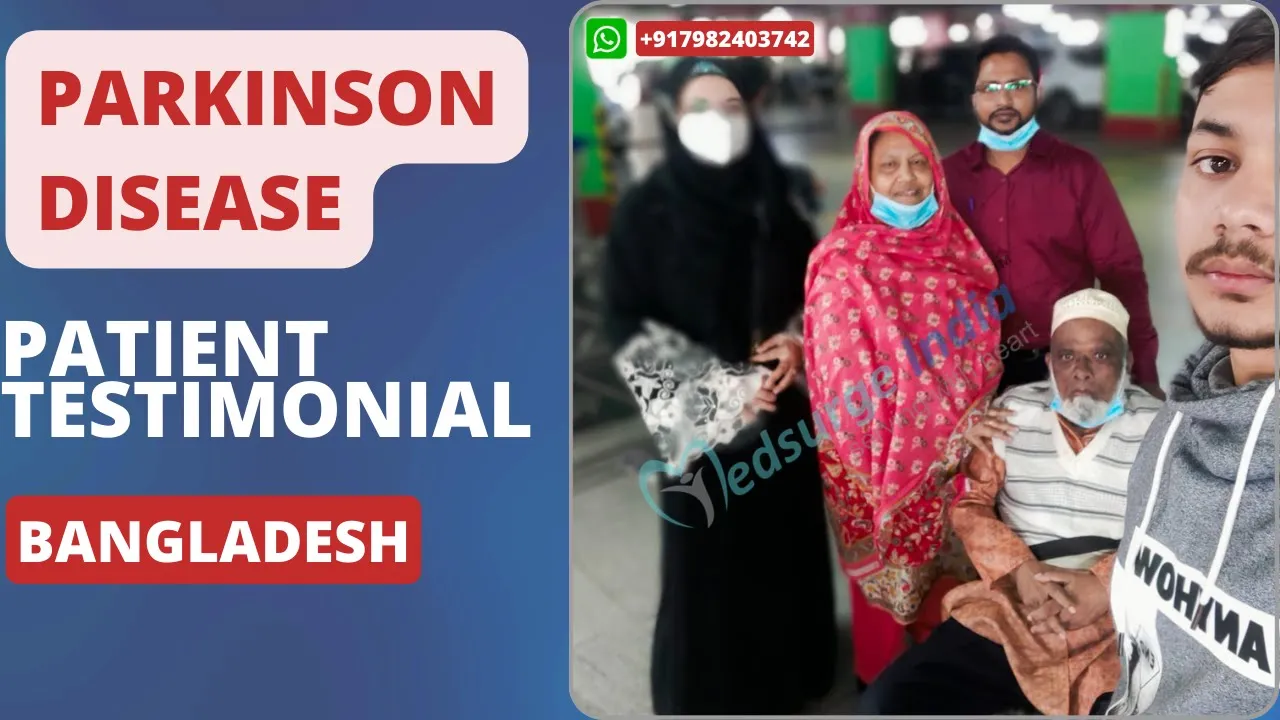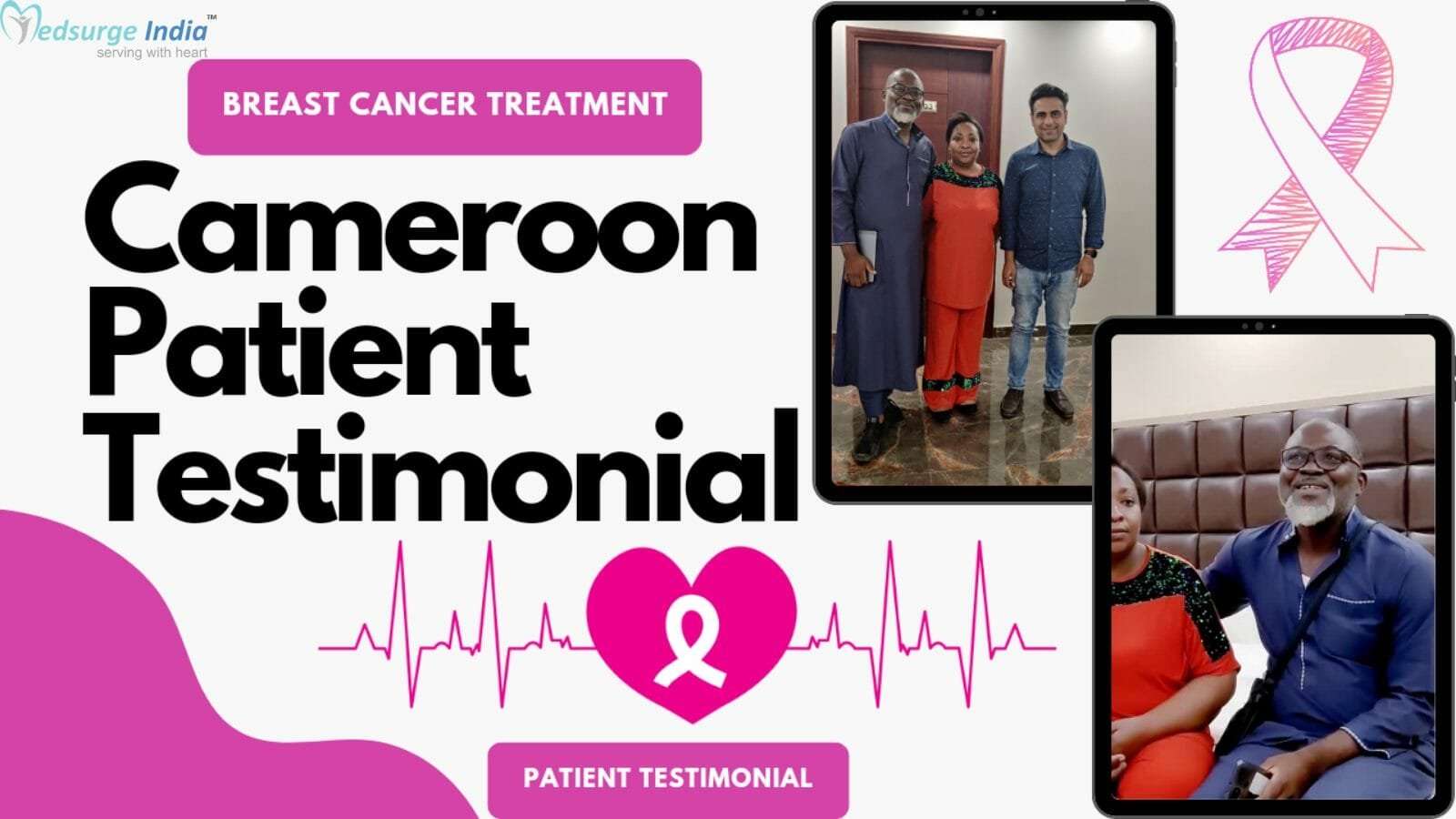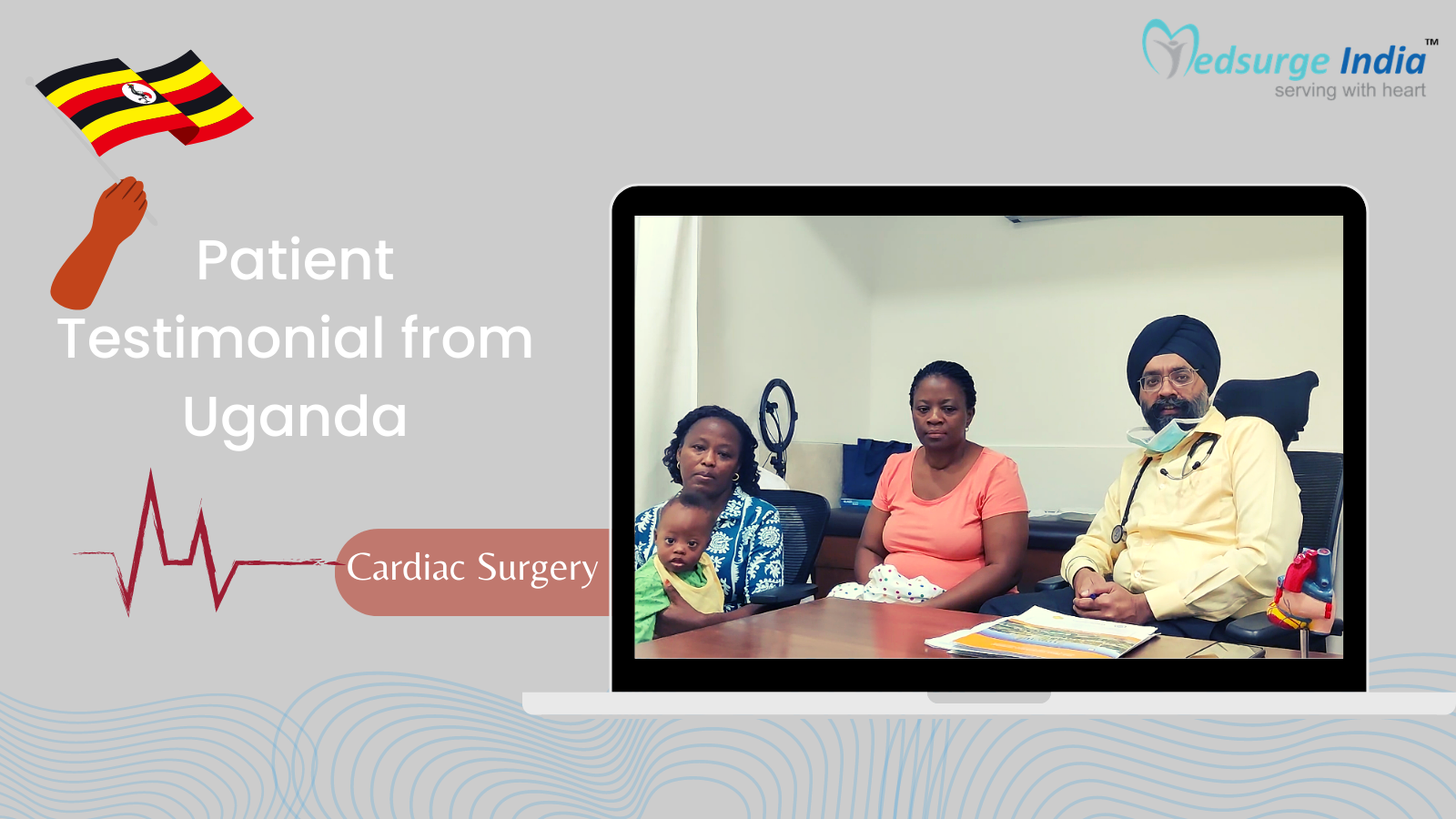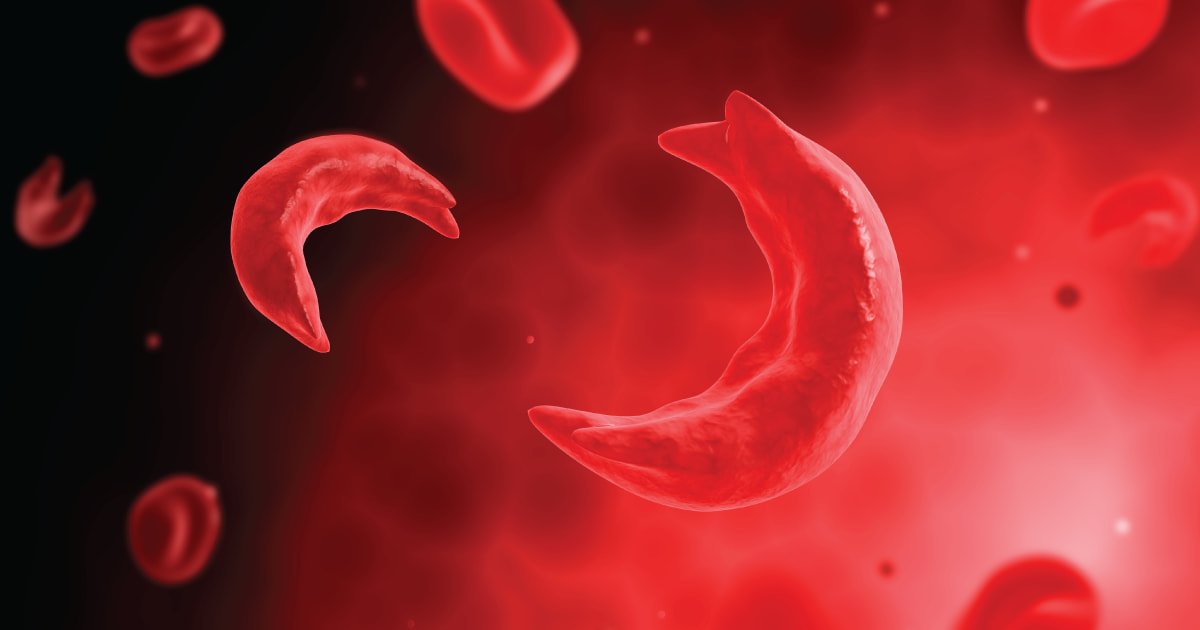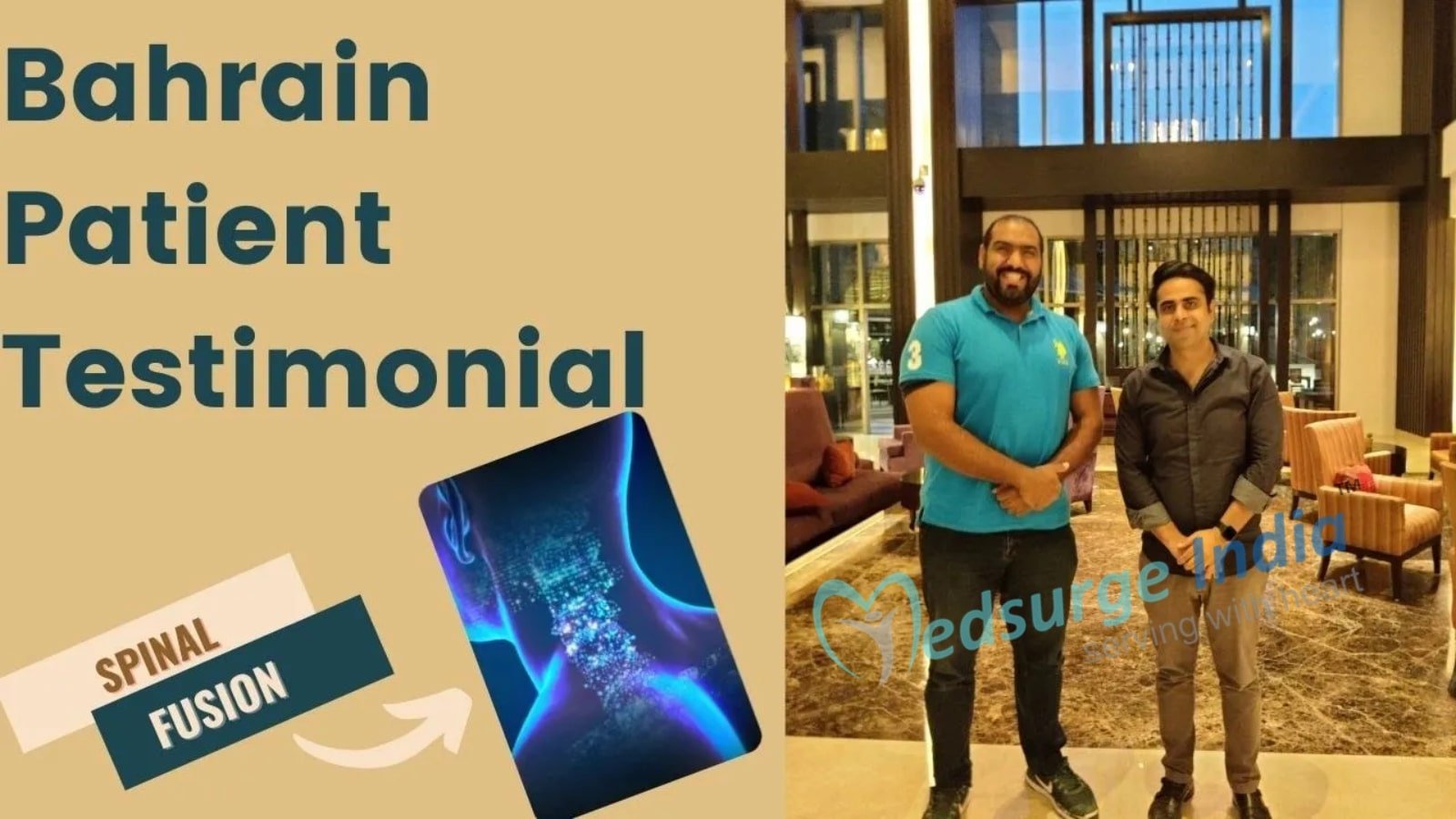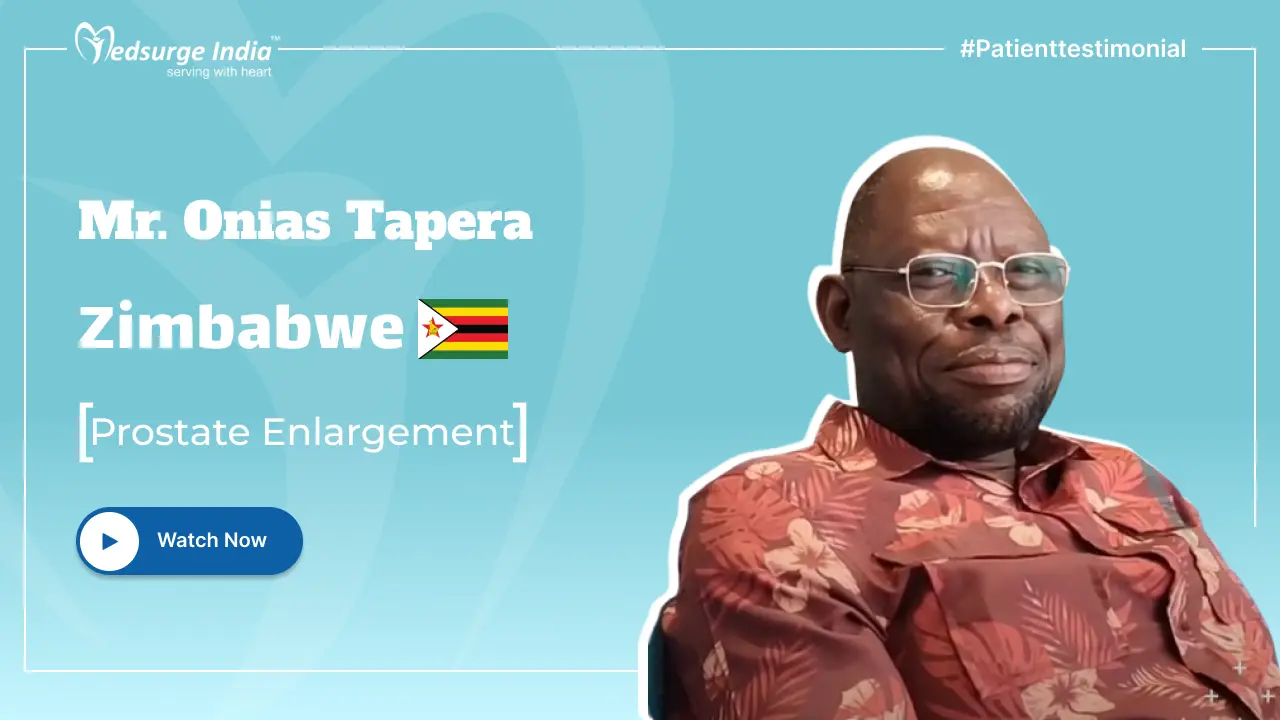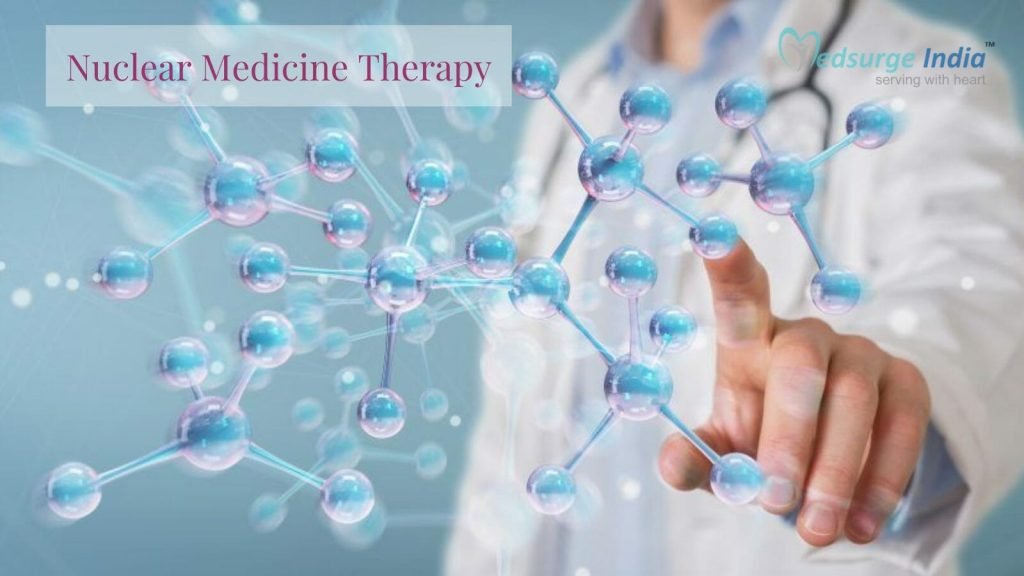
Nuclear medicine and radiology both employ radiation. Radioactive materials are known as radioisotopes, or radiopharmaceuticals, and are administered into the body in nuclear medicine. X-rays enter the body from the outside in radiology.
A radiotracer is a small amount of radioactive substance used in nuclear medicine to aid diagnosis.
Radioactive tracers contain radioisotopic elements that have replaced one or more atoms in a chemical molecule. A radiotracer’s primary use is to investigate the mechanism of chemical reactions.
Nuclear medicine therapy in India is used to make diagnoses, assessments, and therapies for disorders. Among them are conditions like cancer, heart disease, gastrointestinal, endocrine, or neurological illnesses. As a result, they are able to detect disease at an early stage.
Radioactive iodine (I-131) MIBG, Yttrium -90 (Y-90), Lutetium -177 (Lu-177), and Indium-111 are used as isotopes in nuclear medicine.
Nuclear medicine therapy cost in India is very low compared with well-known nations like the Us, the Uk, Europe, etc. Patients seeking Nuclear medicine therapy in India have access to the best facilities, which provide affordable healthcare packages, high-quality medical equipment, and the assurance of first-rate medical experts.
What Is Nuclear Medicine
Nuclear medicine is a specialization of radiology that involves the diagnostic and therapeutic use of radioactive materials (radiopharmaceuticals). Nuclear medicine imaging is used to study the structure and function of internal organs and to aid in the early detection of abnormalities or diseases. Certain types of cancer and disorders are also treated with this discipline of medicine.
A small amount of radioactive materials is employed in diagnostic procedures to aid view the organs, allowing the doctor to discover and identify the abnormalities, size of any tumors, and other physiological or functional problems with the organ.
This method can also be used to monitor the progression of the illness and how well it responds to therapy. The treatment involves injecting radiopharmaceutical substances into the patients and imaging with PET (Positron Emission Tomography) or SPECT (Single Photon Emission Computed Tomography) cameras. The emission spectra produced by the radiopharmaceutical substances utilized can be read using these approaches.
How Does Nuclear Medicine Therapy Work
In addition, radioactive procedures are used in treatment. Nuclear Medicine Therapy in India can be delivered using the same substances that are used in nuclear imaging. It is possible to consume, inject, or inhale the radiopharmaceutical.
Radioactive iodine is one such example (I-131). It’s been used to treat thyroid cancer and hyperthyroidism, or an overactive thyroid, for more than 50 years. Non-Hodgkin lymphoma and cancer-related bone pain are now both treated with it.
Targeted radionuclide therapy (TRT) with iodine-131 (I-131) introduces radioactive iodine into the body. This chemical kills thyroid cells and cancer cells when it absorbs them. I-131 can be consumed as a liquid or taken as pills.
Iodine-131 therapy for an overactive thyroid gland and thyroid cancer, PRRT for neuroendocrine tumors, and PSMA therapy for prostate cancer are all part of this strategy.
Radiation from radioactive material has a greater impact on cancer cells and other diseased cells than on normal cells. The radiopharmaceutical chemical has the potential to destroy cancer cells or shrink tumors in the long run.
Lutetium-177 (Lu-177) is used in metal alloys and as a catalyst in a number of chemical reactions. It is most typically found in combination with the element yttrium. PSMA levels in prostate cancer patients are many times greater than in the general population. PSMA is an excellent target for advanced prostate cancer treatment.
Watch UK Patient Testimonial – Liver Cancer Treatment | TARE Therapy in India
Popular Nuclear Medicine Therapies in India
- Yttrium-90(Y-90) in India
- Lutetium-177 (Lu-177) in India
- Iodine -131 (I-131) MIBG in India
- Indium-111 in India
Nuclear Medicine Therapy Cost in India
- Nuclear Medicine Therapy Cost in India starts from 5000 USD.
- Nuclear Medicine Therapy in India cost can vary depending on the medical conditions and processes selected.
- After the patient’s Nuclear Medicine Therapy in India, the patient must remain in the hospital for 1-3 days and 14 times beyond the hospital.
Factors Affecting Nuclear Medicine Therapy Cost in India
For Nuclear Medicine Therapy in India, the cost of the individual is dependent upon a number of factors such as:
- The clinic, the individual chooses.
- Type of Space
- Fee for the Group of physicians
- Standard evaluations and diagnostic processes.
- Price of Chemotherapy/ radiotherapy
- Price of stem cell transplantation
- Cost of supportive therapy
Get Free Cost Estimation
Procedure
What to Expect in Procedure
Before Procedure
- A tracer will be given to you in the form of an injection, inhalation (breathing it in), or a pill or other material to consume.
- The tracer may need to travel through your body for a period of time before reaching the tissue or organ being diagnosed or treated.
- It is possible that you will be asked to lie down on a table or walk on a treadmill.
- A radiation-detection camera will be put over your body to collect data on how the tracer is behaving in different organs and tissues.
- This information is used by the radiologist and your healthcare provider to determine how an organ or tissue is performing.
- Depending on the type of tracer and test you receive, the radioactive material from the tracer will pass out of your body in a few hours to a few days.
Safety in Nuclear Medicines
Too much radiation can harm organs and tissues, as well as increase the risk of cancer.
When utilized for diagnosis, however, the amount of radiation a person is exposed to is comparable to that received during a conventional chest x-ray or CT scan. As a result, nuclear medicine and imaging operations are thought to be relatively safe and non-invasive. Because they are so good at diagnosing disease, the benefits usually outweigh the hazards.
Larger doses of radioactive material are used in nuclear medicine treatment. This higher dose may have an impact on the patient, and there may be side effects.
However, because the medication is commonly used to treat conditions that are deadly, the benefits usually outweigh the hazards. Scientists anticipate that as technology progresses, treatments will be more focused on the tumor or disease, and less likely to impact the person as a whole.
Why Do Individuals Prefer to Have Nuclear Medicine Therapy in India
For Nuclear Medicine Therapy in India, the hospitals provide the best care for patients who want nuclear cancer treatment by the top nuclear medicine specialists and the hospital also provides all types of cancer-related surgeries using advanced technology. Also, nuclear medicine therapy cost in India is much more affordable as compared to other states or nations around the world. An international patient can expect to pay 50-60% less for a total nuclear medicine therapy cost in India
Hospitals that treat Nuclear Medicine Therapy in India provide comprehensive appropriate treatment, including comprehensive pre-operative evaluations, minimally invasive surgical options, and post-operative rehabilitation programs. Patients can expect personalized treatment, individualized attention, and compassionate care at these medical facilities. The hospitals are accredited by top international organizations such as the National Accreditation Board for Hospitals and Healthcare Providers (NABH) or the Joint Commission International (JCI).
How Can Medsurge India Help?
Medsurge India is a prestigious support system for patients looking for doctors, hospitals, and specialized treatments. We’ll find the most suitable medical options for you. Regarding your medical issues, our team will give you a list of certified, reputable, and trusted doctors and hospitals. Additionally, we offer a treatment strategy that fits your budget. Apart, we assist patients with obtaining travel authorizations, medical visas, and a multitude of other things.
The Most Important Frequently Asked Questions
Q: What Are the Disadvantages of Nuclear Medicine?
A: Disadvantages of nuclear medicines include:
- Nuclear medicine has a number of drawbacks, including high operational expenses. It’s not cheap, despite how effective it is!
- Risks to one’s health Nuclear medicine might cause major health problems if you are exposed to it for a long time.
- No guaranteed assurance.
Q: Can Nuclear Medicine Make You Sick?
A: A nuclear medicine exam has very few negative side effects. Allergies are extremely uncommon. Any negative effects are usually minor, pass fast, and require little to no medical attention.
Q: What Tests Are Done in Nuclear Medicine?
A: Nuclear imaging is used to investigate the function of organs and tissues. During the operation, a small amount of a radioactive substance is used to aid in the examination.
The following are some of the more common tests:
- Renal scans
- Thyroid scans
- Bone scans
- Gallium scans
- Heart scans
- Brain scans
- Breast scans
Q: How Does Nuclear Medicine Leave the Body?
A: The radionuclides utilized in nuclear scans are the source of radiation exposure; the scanner does not emit radiation. Over time, the radioactive substance in your body will decay and lose its radioactivity. It may also pass through your body through your urine or feces in a matter of hours or days.
Q: Why Is Radionuclide Used in Nuclear Medicine?
A: Radiopharmaceuticals that target specific tumors, such as thyroid cancer, lymphomas, or bone metastases, are used in nuclear medicine therapy to administer radiation to tumorous lesions as part of a therapeutic plan to cure, ameliorate, or control the disease.
Top Hospitals for Nuclear Medicine Therapy in India
Top Doctors for Nuclear Medicine Therapy
Dr. Vineet Pant
MBBS, DNB, FEBNM, Fellow Theranostics
Experience:
Fortis Memorial Research Institute, Gurgaon
Gurgaon, India
Dr. Pankaj Dougall
Director
Experience: 35 Years
Max Super Speciality Hospital, Saket, New Delhi
New Delhi, India
Dr. Subha Shankar Das
MBBS, DNB, Senior Resident
Experience: 9 years of experience
Fortis Memorial Research Institute, Gurgaon
Gurgaon, India
Dr. Promila Pankaj
Consultant
Experience: 25 Years
Max Superspeciality Hospital, Shalimar Bagh, New Delhi
New Delhi, India
Dr. Parul Thakral
Ph.D, M.Sc., Clinical Research Officer
Experience:
Fortis Memorial Research Institute, Gurgaon
Gurgaon, India
Dr. Ishita B. Sen
Director
Experience: 22 years of experience
Fortis Memorial Research Institute, Gurgaon
Gurgaon, India
Dr. Dharmender Malik
DNB, MNAMS, FANMB
Experience:
Fortis Memorial Research Institute, Gurgaon
Gurgaon, India




